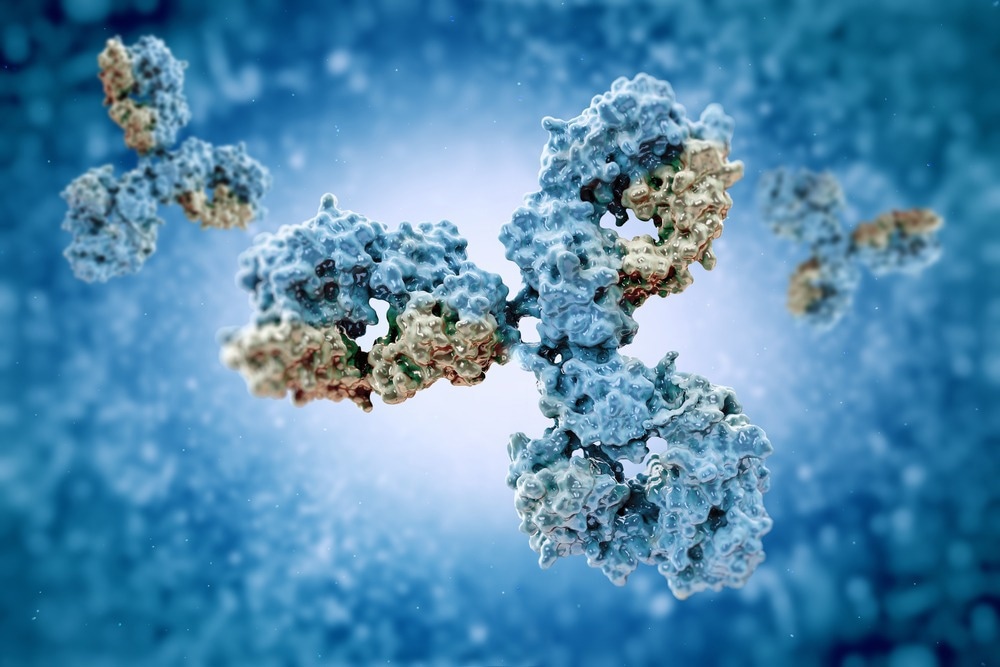Several studies have shown that severe acute respiratory syndrome coronavirus-2 (SARS-CoV-2), the causal agent of coronavirus disease 2019 (COVID-19) pandemic, affects children with mild symptoms, unlike older age groups. There is a scarcity of research related to the assessment of durability and strength of antibodies generated in children post-COVID-19.

Background
Assessing the strength and durability of antibodies generated in children who recovered from SARS-CoV-2 infection is imperative. This would help identify the risks associated with reinfection and disease severity. Additionally, these data could aid in establishing herd immunity and designing a proper vaccination policy. In a recent JAMA Pediatrics study, scientists analyzed a cohort containing children and adolescents after recovering from COVID-19 to determine the dynamics of neutralizing antibodies.
About the study
The study period included the time from the incidence of the original SARS-CoV-2 strain in 2019 in Wuhan, China, to the emergence of the SARS-CoV-2 Delta variant. Individuals whose ages ranged between 0 and 16 years and who tested positive for COVID-19 were recruited. All the participants were recruited from KK Women’s and Children’s Hospital in Singapore between February 1, 2020, and September 30, 2021. They were followed-up up to 16 months after the SARS-CoV-2 infection.
Neutralizing antibodies to SARS-CoV-2 were detected using the serum of blood samples, using a surrogate viral neutralizing assay. An enzyme-linked immunosorbent assay was used to determine levels of neutralizing antibodies present in the serum samples. The temporal distribution of neutralizing antibody levels was evaluated post-infection based on age, sex, and symptom status.
Study findings
A total of 126 participants, including 52 girls and 74 boys, were studied. The mean age of the participants was 7.4 years. In this cohort, 72% of the participants were symptomatic with mild fever, cough, and runny nose. None of the participants developed a moderate or severe infection. Additionally, none of the participants developed multisystem inflammatory syndrome.
After one to three months post-infection, the neutralizing antibody levels peaked at a median of 84%. This level remained relatively high, with a median of 69.8% between 9 and 13 months post-COVID-19. Scientists observed that during the acute phase of infection, the neutralizing antibody levels were found to be highest in participants younger than 5 years of age. Similarly, the lowest level of neutralizing antibody was found in the 12 to 16 years group.
Children less than five years of age not only exhibited the highest concentration of neutralizing antibodies, but the level remained almost unchanged up to sixteen months post-COVID-19. In addition, no difference in antibody level was found with respect to sex or symptom status.
Conclusions
The current study revealed that neutralizing antibodies were present up to sixteen months in children after recovering from COVID-19. Compared to older age groups, rapid generation and persistence of antibodies were observed in children under five years of age.
One of the limitations of the study included a decrease in the sample size in the post-nine months of infection category; however, representatives of all age groups remained. Another shortcoming was that only neutralizing antibodies specific to the SARS-CoV-2 spike protein receptor-binding domain (RBD) were determined.
The study reconfirmed that younger children were at a lower risk of COVID-19 compared to older groups. This observation will help policymakers to formulate a well-informed vaccination strategy for children to protect this group from contracting the disease.
- Yung, C. et al. (2022) "Analysis of Neutralizing Antibody Levels in Children and Adolescents Up to 16 Months After SARS-CoV-2 Infection", JAMA Pediatrics. doi: 10.1001/jamapediatrics.2022.3072.
Posted in: Medical Science News | Medical Research News | Disease/Infection News
Tags: Adolescents, Antibodies, Antibody, Assay, Blood, Children, Coronavirus, Coronavirus Disease COVID-19, Cough, covid-19, Enzyme, Fever, Hospital, immunity, Pandemic, Pediatrics, Protein, Receptor, Research, Respiratory, SARS, SARS-CoV-2, Severe Acute Respiratory, Severe Acute Respiratory Syndrome, Spike Protein, Syndrome

Written by
Dr. Priyom Bose
Priyom holds a Ph.D. in Plant Biology and Biotechnology from the University of Madras, India. She is an active researcher and an experienced science writer. Priyom has also co-authored several original research articles that have been published in reputed peer-reviewed journals. She is also an avid reader and an amateur photographer.
Source: Read Full Article
